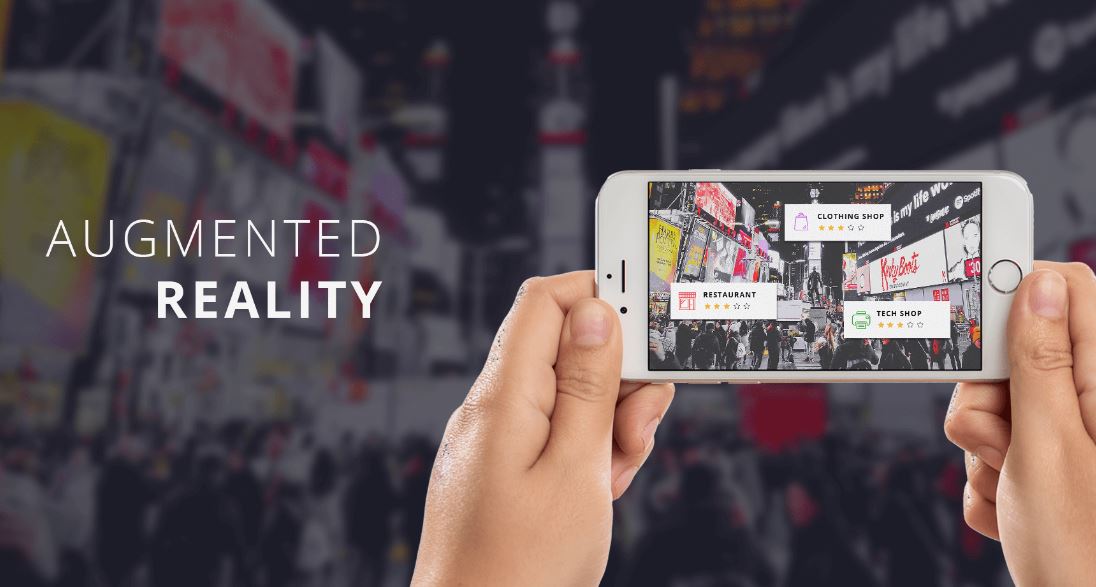Customers see hundreds — or thousands — of advertisements daily. From links on social media and websites to television commercials and physical billboards, it’s impossible to escape the sheer volume and variety of ads.
The solution? Consumers simply start ignoring them. They scroll past the text-heavy ad they’ve seen a million times or close the window that’s playing another video ad. For marketing departments, the result may be a large amount of advertising effort that doesn’t deliver ROI.
Augmented reality (AR) can help. Here’s how the right AR approach can positively influence product promotion and drive increased customer engagement.
What Is Augmented Reality?
AR combines real-world and virtual elements to create an interactive experience in real time. Photo filters on social media sites are a good example — computer-generated effects are used to digitally modify the appearance of users in real time.
The technology isn’t new. AR got its start in the late 1960s but started to take off near the turn of the century with the introduction of tools such as the NFL’s “1st and Ten” virtual yellow yard marker and the use of digital heads-up displays in military aircraft.
Some AR efforts were less than successful — think Google Glass — while others, such as IKEA’s AR Place app fundamentally changed the retail furniture industry by allowing customers to see what IKEA products would look like in their home.
AR entered popular consciousness in 2016 with the advent of Snapchat filters and games such as Pokémon GO. Seven years on, augmented reality is now a must-have for companies looking to stand out from the crowd.
How AR Can Augment Marketing Efforts
So how does AR improve product promotion? Possible options include:
Product placement
AR can be used to “place” products in peoples’ homes. Using an AR-enabled mobile app, customers can see what couches or chairs might look like in their homes alongside existing furniture. And by capturing data such as room size, these apps help ensure that placements are properly scaled.
Product personalization
Augmented reality tools can also be used to let customers “try on” products such as clothing or glasses. Using their mobile phone camera, customers can superimpose hats, glasses, shirts or other items onto their bodies to see how they look.
Product perspective
Another option for AR providing 3D images of 2D products. Customers can visit the product page, click on 2D photos and AR tools create a 3D image that potential buyers can then zoom, rotate and scale to see all the details.
Product exploration
In some cases, the product being sold is too large for a 3D rendering. Consider real estate. If a customer is looking for a new home across the country or across the world, flying back and forth to see houses or apartments in person may not be cost effective. With AR, customers can explore the property itself and the surrounding area, all from the comfort of their current home.
Regardless of the AR route chosen, the goal is the same: Customer engagement. While traditional advertising simply serves content to consumers, AR allows interaction. Customers can explore homes for sale, see how products look in their new space, examine every detail of what they’re buying and customize it to fit their needs.
Digital Content, Real Impact
With digital environments now a core component of customer journeys, companies need ways to stand out from the crowd. Creating just another social media, banner, or search engine ad may bring in some stray clicks, but typically blend in with the sheer number of ads customers see each day.
The integration of AR, however, lets companies make people part of the process. Instead of being outside observers, customers become active participants in the product experience, in turn making them more likely to click through, add to cart and make a purchase. For more information on AR technologies, check out Surge Creates.



